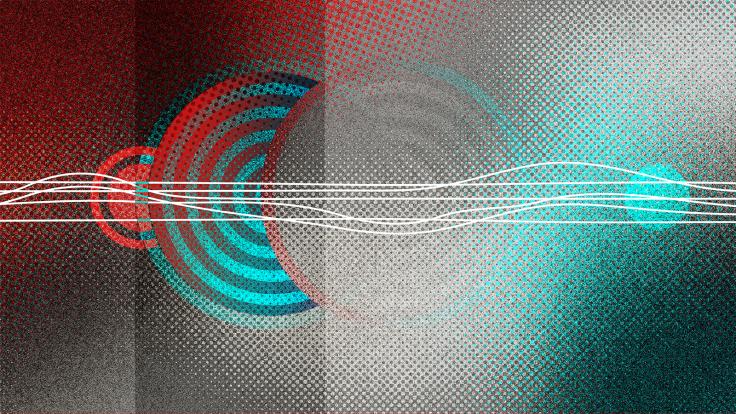Plasma acceleration could be the wave of the future. It is a way to accelerate particles more efficiently than current techniques that use radiofrequency acceleration.
Plasma accelerators send high-power laser or electron beams through plasma, shaping the electrons in the plasma into a huge wave. Surfing the crest of this wave, electrons grouped into tight bunches accelerate to very high energies in a very short distance, paving the way for smaller, cheaper, more powerful machines.
The difference between accelerating particles on a radiofrequency wave and these plasma waves is like the difference between the gradual waves at a beginner beach and the building-sized walls of water that roll in for the Mavericks Surf Contest held off the coast of Half Moon Bay, California. Just as the 50-foot waves at Mavericks rocket surfers forward as they take the drop, plasma waves propel electrons to incredible speeds very quickly.
Scientists have known how to do this for several decades, but it’s only been in the last few years that we’ve finally had the tools—very high-power lasers and tight beams of electrons—needed to generate Mavericks-size plasma waves.
This technology is now being studied at two locations not far from Half Moon Bay using two accelerator test beds, the Facility for Advanced Accelerator Experimental Tests at SLAC and the Berkeley Lab Laser Accelerator.













